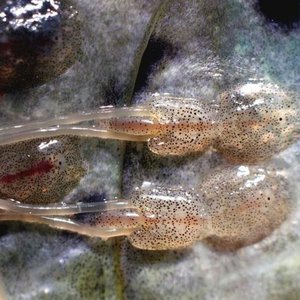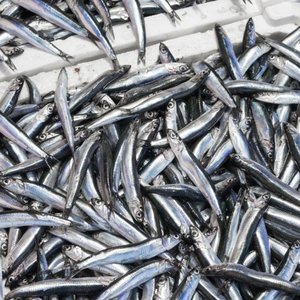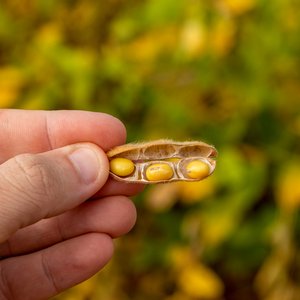Researchers at Nofima have discovered that a mineral-rich ingredient extracted from fish bones can affect the color of salmon muscles.
In experiments where salmon were fed diets containing the ingredient, the color level of the salmon muscles increased considerably. The effect, which was first observed in an experiment with salmon smolt, was visible to the naked eye and confirmed by chemical analyses.
The color came from astaxanthin. Only a limited portion, usually less than 10 per cent, of the astaxanthin in salmon feed is absorbed in the muscle of farmed salmon. This can be caused by limitations in absorption and transport via blood and liver, or limited absorption and pigmentation in muscle tissue.
“It is somewhat unexpected that a mineral ingredient can affect pigment utilization,\" said Sissel Albrektsen, senior researcher at Nofima. \"But at the same time, it is very positive to see that nutrients liberated from fish bones can considerably increase the utilization of astaxanthin in salmon feed.\"
Feed with the phosphorus-rich mineral ingredient was also tested on slightly larger salmon during the growth period from 1.7 to 2.5 kilograms, and compared with salmon that received the same feed to which a regular source of commercial phosphorus was added.
In muscle, the researchers found 35 per cent more color, measured as milligrams of astaxanthin per kg of fish growth. The salmon’s ability to digest astaxanthin increased by nearly 20 per cent in fish fed the mineral ingredient, while the pigment levels in both the blood and liver also increased.
“We believe that the main explanation of why the muscle becomes redder is that the salmon digest more of the astaxanthin with the mineral ingredient present in the feed,” said Albrektsen.
It has been repeatedly proven in salmon that the mineral ingredient stimulates increased growth, and in some cases this is explained by increased digestibility of nutrients.
In the initial experiment with smaller salmon, it was found that the astaxanthin levels in blood, liver and whole fish were 55, 29 and 22 per cent higher, respectively, compared with fish that were fed an ordinary source of commercial phosphorus.
“In an experiment now taking place, we will take a closer look at how minerals and other liberated components in fish bones can affect processes including intestinal function,” said Albrektsen.
The research is part of an ongoing FORNY (renewal) project funded by the Research Council of Norway.










